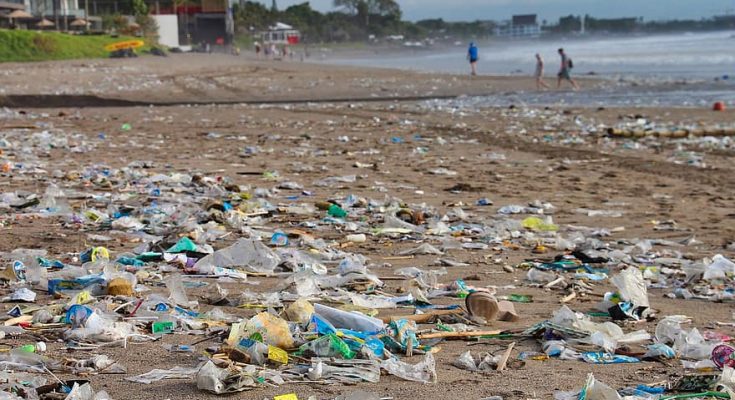The oceans on this earth cover more than 70 percent of the planet. They cover millions of miles with water, supplies, and resources that our world relies on. As one of the most valuable natural resources in the world, the oceans produce oxygen, provide food and resources, transport heat, clean the air, and create millions of jobs across the globe.
As we observe major changes throughout the natural world, we can see that the oceans are being blasted with pollution. The two main types of pollution that are destroying the oceans are trash and chemicals. According to the National Oceanic and Atmospheric Administration, It is now believed that there are 5.25 trillion pieces of plastic debris in the ocean. Not only that, but The United Nations Environment Programme estimated that already in 2006, every square mile of the ocean contained 46,000 pieces of floating plastic, and it’s only gotten worse since then. The rates of plastic and trash being thrown into the ocean haven’t been decreasing, and are at a shocking rate of approximately 8 million pieces of plastic every day. In addition, chemical pollution such as oil spills, farm waste, and fertilization, and other toxic chemicals are making their way into the ocean. For example, in 2018 a deadly oil spill along a large river in Columbia caused the deaths of over 2,400 animals within that river system.
As researchers across the globe have observed this problem, they’ve found that most of this pollution is plastic because unlike other trash, the single-use items we toss won’t biodegrade. While some are dumped directly into the seas, an estimated 80 percent of ocean trash slowly makes its way there from cities, including those far inland, through storm drains, sewers, and other routes.
This pollution is majorly affecting the oceans and is killing the hundreds of millions of organisms that fill them. Fish and other animals become tangled and injured in the debris of this trash, and some animals mistake items like plastic bags for food and eat them. Small organisms eat tiny bits of broken-down plastic, called microplastic, and absorb the chemicals from the plastic into their tissues. When these smaller organisms get eaten by larger animals, the toxic chemicals and microplastics then become a part of their tissue and eventually make their way up the food chain all the way to humans.
Although it may seem like an impossible task, cleaning the ocean begins with us. The two major changes that need to occur are prevention and cleanup. Changing society’s plastic and trash usage is just a start, and huge ocean clean-up projects are the next step. Some ways you can help are by being more mindful of your plastic consumption or by supporting groups that clean up the ocean. We need to take initiative and do our part to better the earth we live in, not only for our own health for the well-being of everyone on this earth.
Marine Pollution



Leave a Reply